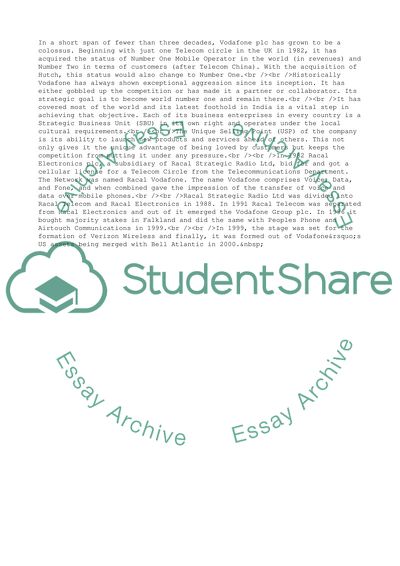Cite this document
(Vodafone Analysis: The Business Environment and Strategic Business Case Study, n.d.)
Vodafone Analysis: The Business Environment and Strategic Business Case Study. Retrieved from https://studentshare.org/business/1707500-vodaphone-analysis
Vodafone Analysis: The Business Environment and Strategic Business Case Study. Retrieved from https://studentshare.org/business/1707500-vodaphone-analysis
(Vodafone Analysis: The Business Environment and Strategic Business Case Study)
Vodafone Analysis: The Business Environment and Strategic Business Case Study. https://studentshare.org/business/1707500-vodaphone-analysis.
Vodafone Analysis: The Business Environment and Strategic Business Case Study. https://studentshare.org/business/1707500-vodaphone-analysis.
“Vodafone Analysis: The Business Environment and Strategic Business Case Study”, n.d. https://studentshare.org/business/1707500-vodaphone-analysis.


